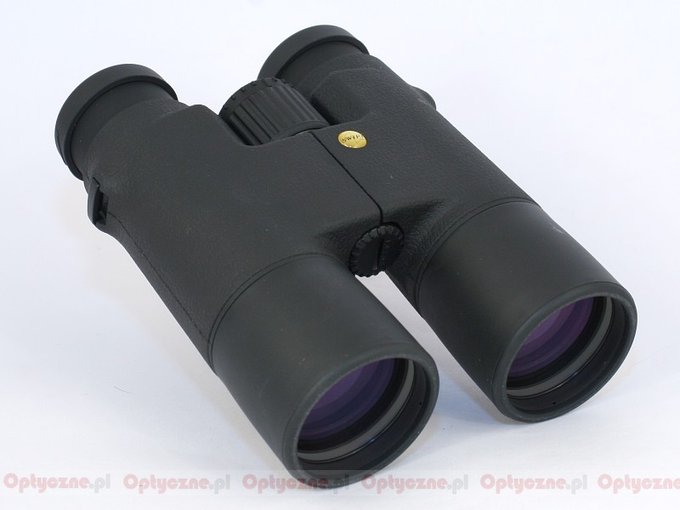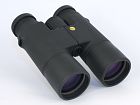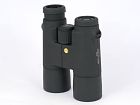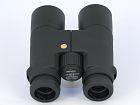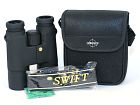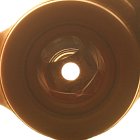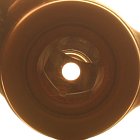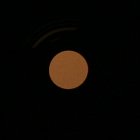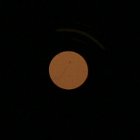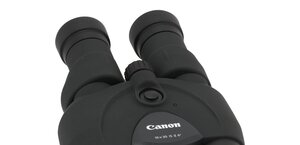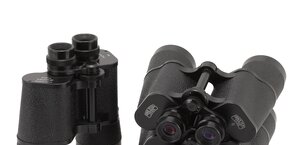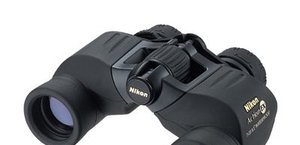Swift Optics 828 HHS Audubon 8.5x44
The binoculars are made in the roof system with BaK-4 glass prisms phase correction coated. According to the producer all air-to glass surfaces are covered by antireflection multilayer coatings. Everything is packed into a physically light and handy housing which is also waterproof and nitrogen-filled. Low weight of the instrument - less than 700 grams - is something worth our attention as this result is very good, even for the class of binoculars with 40-42 mm objective lenses. We should also praise the eye relief distance reaching 19 mm – the binoculars can be used by people wearing glasses without any problems.
| Magnification | Lens diameter | Angular field of view | Prisms | Eye relief | Weight | Price |
|---|---|---|---|---|---|---|
| 8.5 | 44 | 112/1000(6.4o) | BaK-4/roof | 19 mm | 666 g | 1279 PLN |
Summary
Pros:
- solid and handy housing,
- small weight of the binoculars for this equipment class,
- well-corrected astigmatism,
- sharp image in the most of the field of view,
- good blackening and cleanliness inside the binoculars,
- high quality BaK-4 prism,
- good guarantee conditions.
Cons:
- average transmission,
- visible coma,
- distinct brightness loss at the edge of the field of vision,
- slightly egg-shaped exit pupils.
The final result of the Swift is nothing to be ashamed of. The problem is that I expected a slightly better performance. The Swift fares, by and large, like the Delta Optical and the Weaver Grand Slam; it is cheaper than the latter but more expensive than the former and this is not good news.
The transmission was the thing that disappointed me the most. A weak result in this category was obvious as soon as I looked through the binoculars – you could immediately notice this device gave the darkest image of all group of binoculars, tested at the same time.
The field of view edges don’t help here – they are quite dark and additionally burdened with high coma and noticeable distortion.
Of course we should mention the advantages of the binoculars too, in order not to go to extremes. It is solidly made, its casing is physically light and handy, it controls the astigmatism well and you can’t flaw blackening and cleanliness inside the tubes. What’s important, the image it gives is sharp in almost all field of view. The Swift’s score puts it on the border between good and very good level so it would be difficult not to be pleased with such an instrument.




